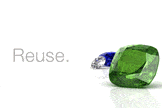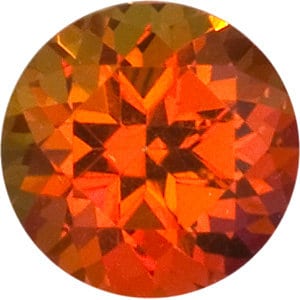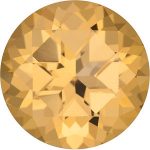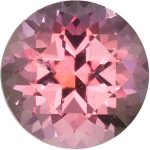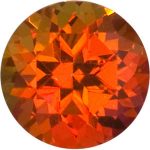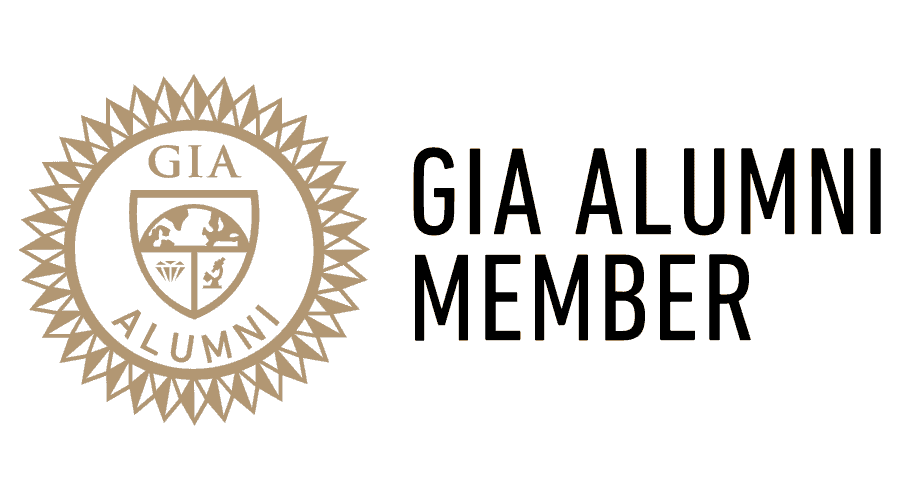Try wearing one of November’s birthstones, Citrine, which is known as the “healing quartz.” This golden gemstone is said to support vitality and health while encouraging and guiding hope, energy and warmth within the wearer.
 Citrine can be found in a variety of shades ranging from pastel yellow to dark brownish orange. It is one of the most affordable of gemstones and plentiful in nature.
Citrine can be found in a variety of shades ranging from pastel yellow to dark brownish orange. It is one of the most affordable of gemstones and plentiful in nature.
Citrine is found most frequently in Brazil, Bolivia, and Spain.
The other birthstone for November is Topaz — a gemstone available in a rich rainbow of colors. Prized for several thousand years in antiquity, all yellow gems in antiquity were called topaz.
Often confused with citrine quartz (yellow) and smoky quartz (brown), quartz and topaz are separate and unrelated mineral species.
The most prized color of topaz is called Imperial topaz after the Russian Czars of the 1800s and features a magnificent orange body color with pinkish undertones. Topaz also comes in yellow, pink, purple, orange, and the many popular blue tones.
“November’s birthstone, the topaz, was thought to have the power to cool boiling water, as well as excessive anger.”

